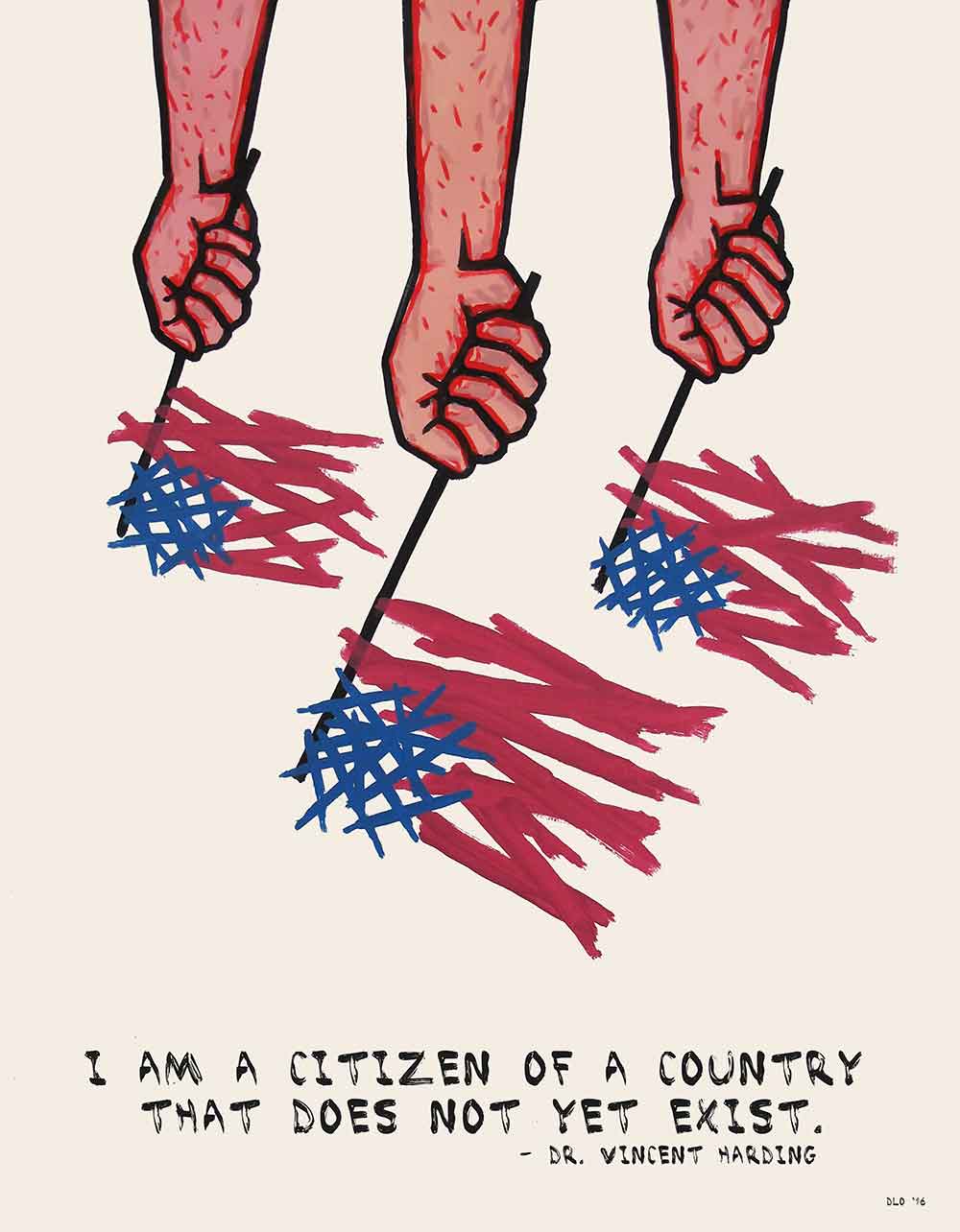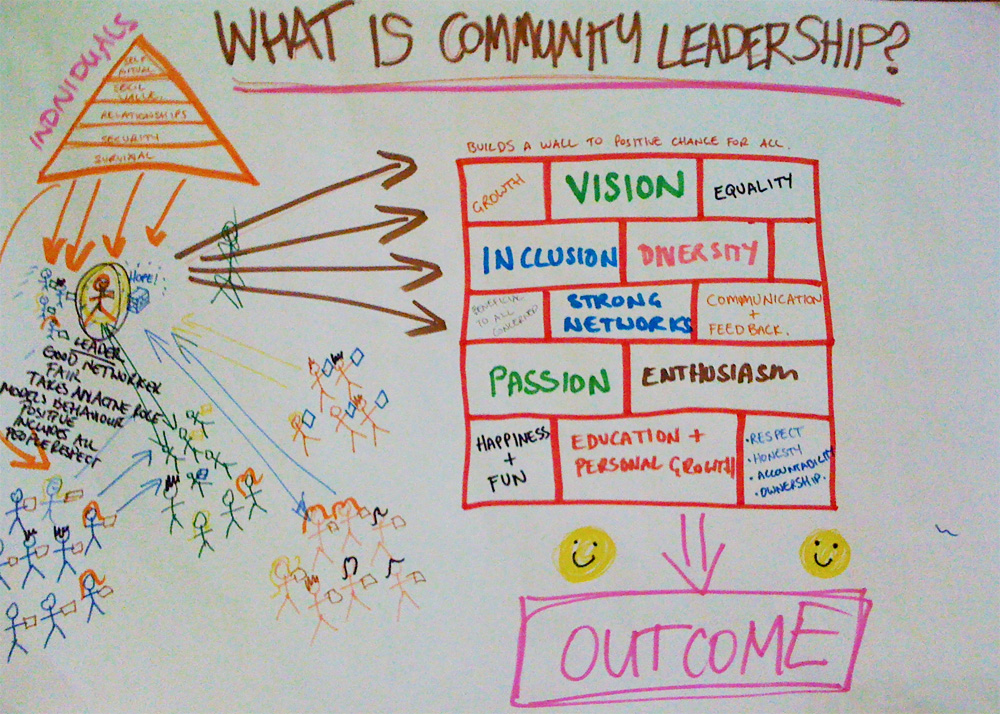It was fun to play the Are You Smarter Than a 5th Grader game, and then to move to more reflective questions to think critically about the education system, especially in Detroit. I was thinking about how primary school shaped me to stay within system parameters and be a people pleaser. I remember in high school there was a class where the history teacher played movies every class that were fictional depictions of historical events. To be honest, it was fun at first and gave time to work on other homework, but I became more and more ticked that the teacher was on her computer the whole time and didn’t teach anything. I wasn’t sure what we were even learning, since fact was never separated from fiction.
A friend of mine and I decided that if the teacher started up another movie, we would walk out of class. We did and went to the library to study. And I felt terrible. That was my one detention. But it wasn’t getting detention that bothered me – it was that I knew that although I had acted on my frustration, it hadn’t communicated the message I wanted to send. I was conflicted between the feelings of getting in trouble and not clearly expressing. Later, I went and apologized in tears to the teacher, trying to explain why I did it. I was completely unskilled in how to handle a situation like that – from how to voice a complaint to how to explain why it bothered me to translating it into change. Even service work and advocacy were taught within parameters – more about working in the system, and “helping” bandaid approaches… I was also oblivious to why that step over the systemic line was so painful and what it meant about how I had been institutionally trained to stay in line.
In that sense, the mindset I learned from primary school has been incorporated in a lot of my life. Part of school is navigating the system, and I’ve been good at that. Grant writing is similarly about navigating the system, meeting requirements, following rules, and I’ve been good at that, too. One of my biggest challenges has been breaking down those internalized structures, which I think is essential for real change and community organizing.

In college, I read Stanley Milgrim’s Obedience to Authority, which fundamentally changed how I think about socialized systems. I was fascinated by how one of the only people who refused to participate in the experiment was a priest, whose religiously-instilled values moved him to see past the superficial requirements of the study and to value humanity. This inspired me to study religions, to get at the fundamental values that fuel our humanity.
So when we talk about radical imagination and what that means for school curriculum, I think also about school culture and what we teach about humanity. We teach that the system is the end-all-be-all and force people to be measured according to that framework. We teach that the system can measure a person’s character, their ability, their grit, their worth – that it can even measure who can succeed and who cannot, that it can determine who is good and who is bad. And it fuels people within the system to believe and perpetuate these views. Not only are these disproportionate and damaging – of course they are also lies.
I know this isn’t especially helpful. But sometimes, you know, it feels powerful to look back at the big system monster that you maybe didn’t see but that has always been there, and say, We see what you did there, and we’re doing something about it.









